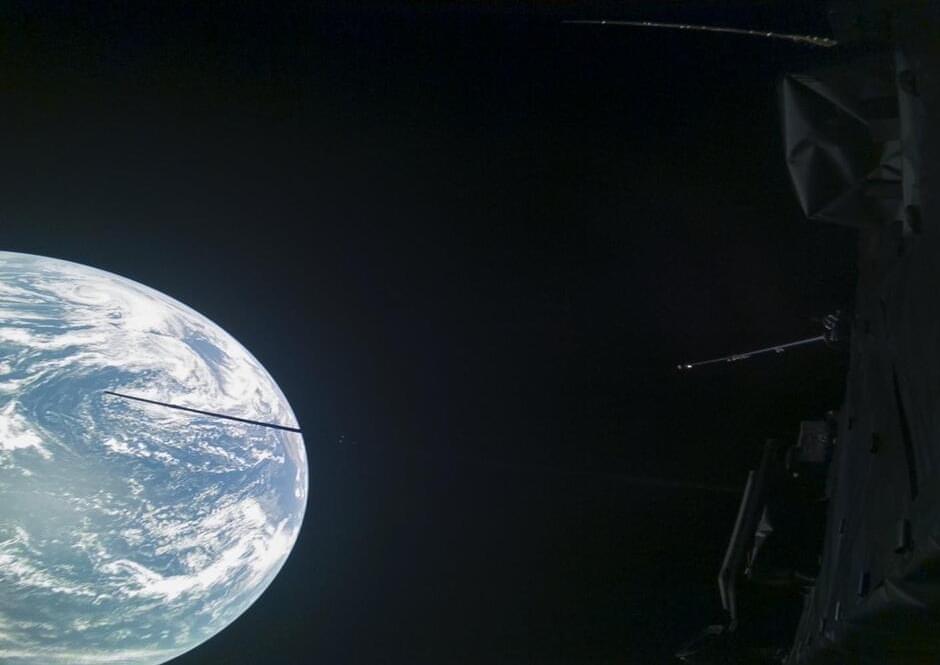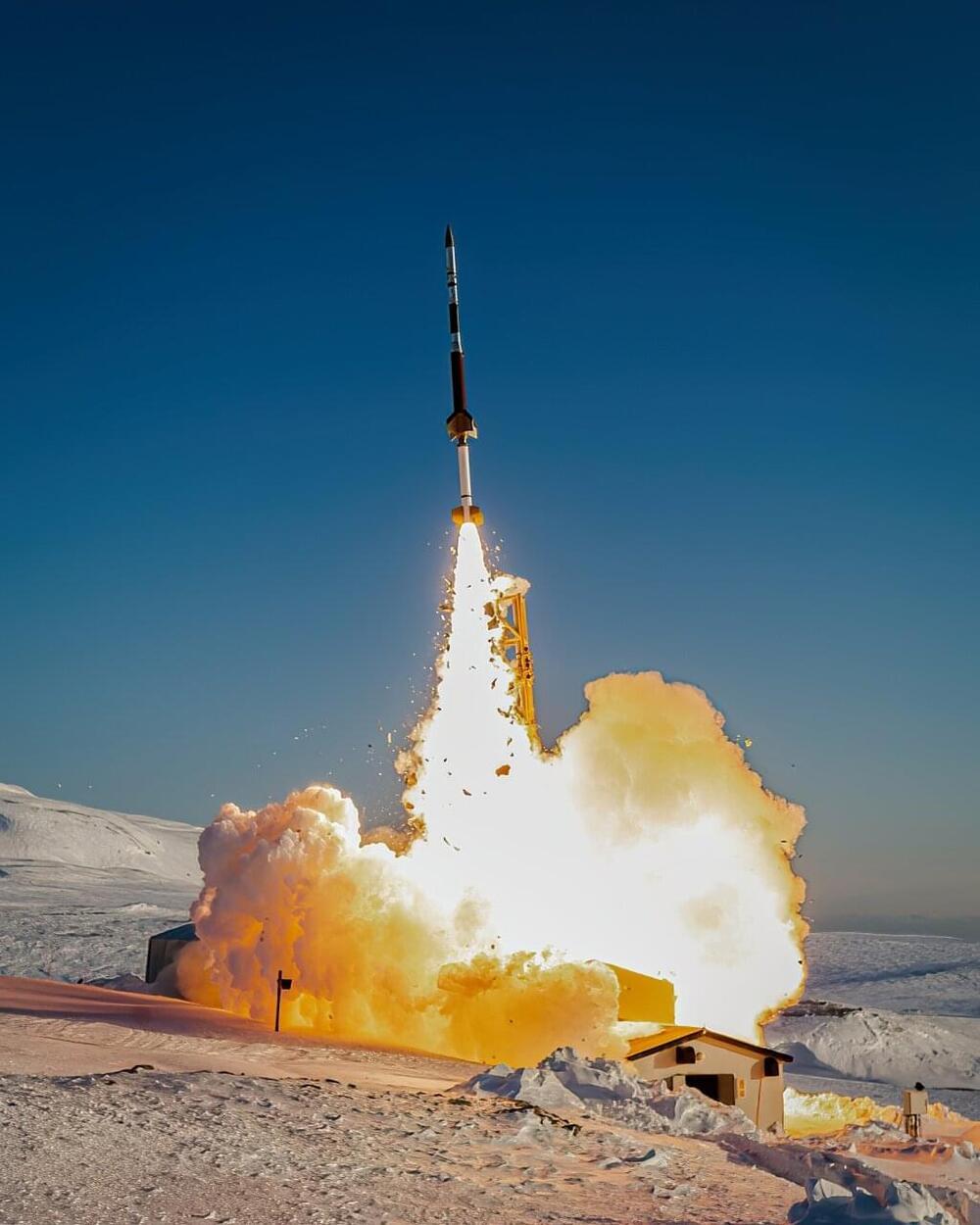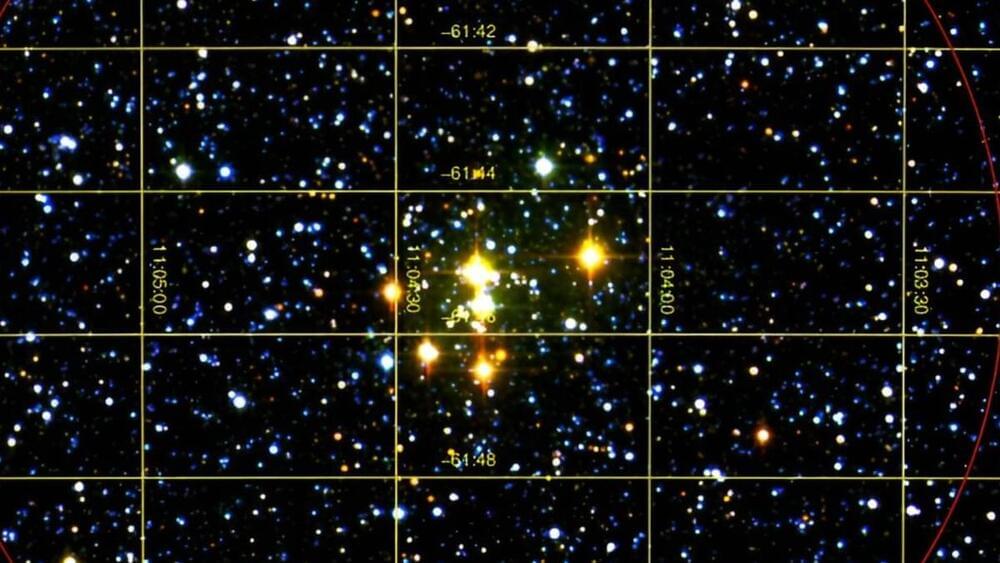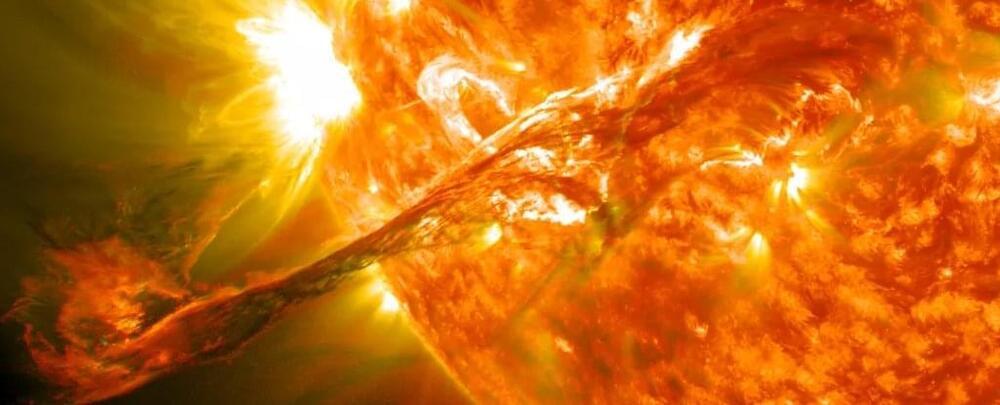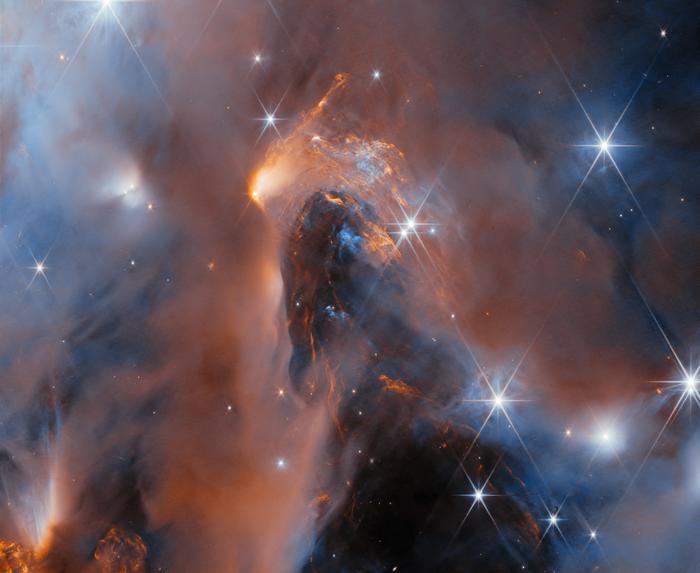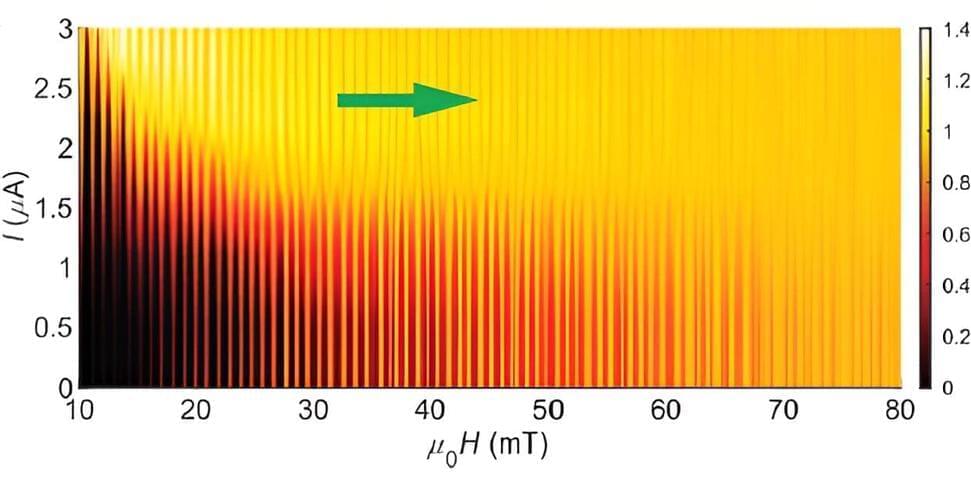Aug 29, 2024
NASA Awards Intuitive Machines Lunar South Pole Research Delivery
Posted by Genevieve Klien in category: space
A new set of NASA science experiments and technology demonstrations will arrive at the lunar South Pole in 2027 following the agency’s latest CLPS (Commercial Lunar Payload Services) initiative delivery award. Intuitive Machines of Houston will receive $116.9 million to deliver six NASA payloads to a part of the Moon where nighttime temperatures are frigid, the terrain is rugged, and the permanently shadowed regions could help reveal the origin of water throughout our solar system.
Part of the agency’s broader Artemis campaign, CLPS aims to conduct science on the Moon for the benefit of all, including experiments and demos that support missions with crew on the lunar surface.
“This marks the 10th CLPS delivery NASA has awarded, and the fourth planned for delivery to the South Pole of the Moon,” said Joel Kearns, deputy associate administrator for exploration, Science Mission Directorate, NASA Headquarters in Washington. “By supporting a robust cadence of CLPS flights to a variety of locations on the lunar surface, including two flights currently planned by companies for later this year, NASA will explore more of the Moon than ever before.”

